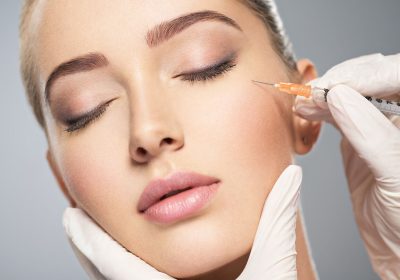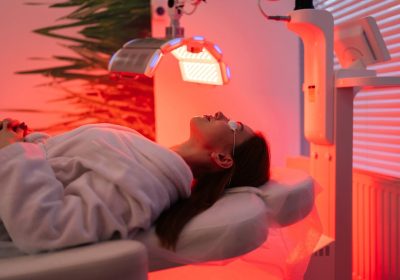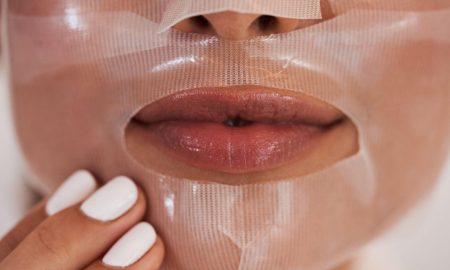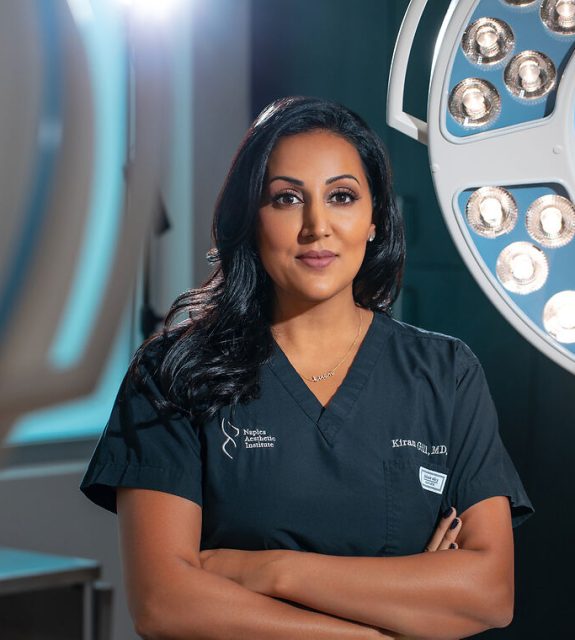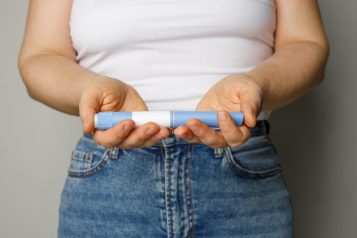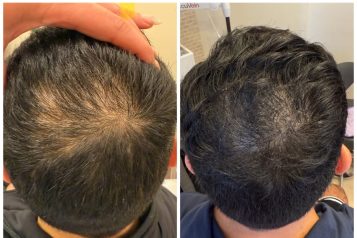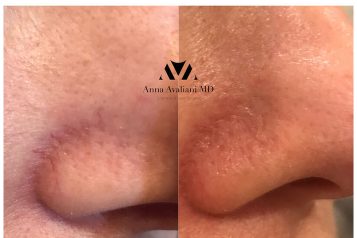Maintaining proper oral hygiene is essential for a healthy smile and long-term dental health. While routine professional care is important, daily habits form the foundation of oral hygiene. Here’s a breakdown of what an ideal daily oral care routine looks like, the tools and products you should use, and how to ensure you're effectively cleaning your teeth.
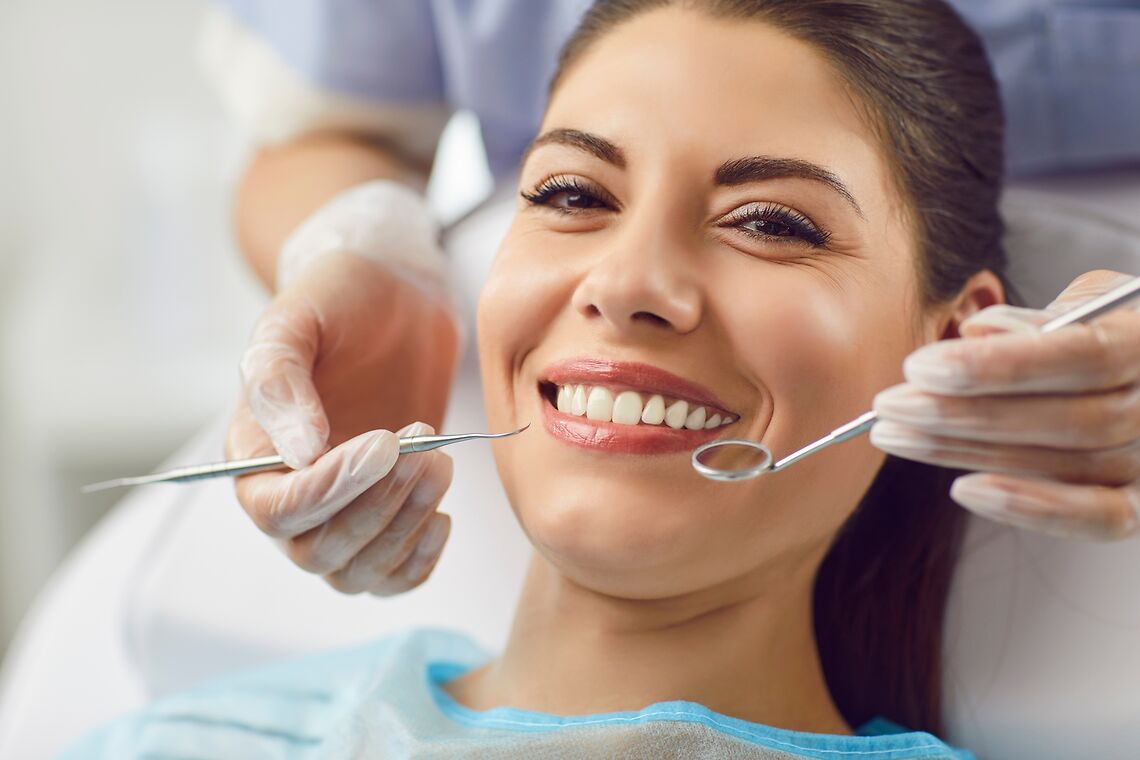 Photo Credit: Courtesy of Studio Romantic/Shutterstock
Photo Credit: Courtesy of Studio Romantic/Shutterstock
What Does a Proper Daily Oral Hygiene Routine Look Like?
The American Dental Association (ADA) recommends brushing your teeth twice daily and flossing once daily to maintain a healthy mouth. Here’s how to create an effective routine:
- Brush Twice a Day: Brushing your teeth in the morning and before bed removes plaque, food particles, and bacteria. Use a fluoride toothpaste to strengthen enamel and fight cavities.
- Floss Daily: Flossing once a day helps remove plaque and food from between the teeth and along the gum line, areas that your toothbrush may not reach.
- Mouthwash: Using fluoride mouthwash can provide an extra layer of protection, helping to reduce plaque, prevent gum disease, and strengthen enamel.
By following these three essential steps, you can keep your teeth and gums healthy and reduce the risk of dental issues like cavities and gum disease.
What Types of Toothpaste and Mouthwash Are Best for Oral Health?
When it comes to selecting toothpaste, the ADA recommends using one that contains fluoride. Fluoride helps prevent tooth decay by strengthening tooth enamel and making it more resistant to acid attacks. A soft, gentle toothpaste is often best for protecting the enamel and avoiding gum irritation.
As for mouthwash, choosing one with fluoride is also ideal for maintaining optimal oral health. Fluoride-based mouthwashes help further protect against cavities while freshening breath. However, patients with specific dental concerns like sensitivity or gum disease should consult their dentist for a personalized recommendation.
How Often Should You Visit the Dentist for Professional Cleanings?
For the average patient, visiting the dentist for a professional cleaning and exam every six months is sufficient to maintain dental health. These biannual visits allow dentists to remove tartar buildup, spot any early signs of decay, and address potential issues before they escalate.
However, some patients may need more frequent visits. If your gums bleed during brushing or you’re at a higher risk for bone loss and gum disease, you may require professional cleanings three to four times a year. Patients diagnosed with gum disease may also need a deep cleaning to stabilize gum health before transitioning to a maintenance routine.
What to Look for When Choosing a Toothbrush
When choosing a toothbrush, it's important to consider the bristle type. Opt for a soft-bristled toothbrush to avoid damaging your enamel and gums. Hard or medium bristles can be too abrasive and may cause gum recession or enamel wear over time.
Electric toothbrushes are often more effective at removing plaque and minimizing stains. Most people tend to brush longer with an electric toothbrush compared to a manual one, resulting in cleaner teeth. Some electric toothbrushes also come with smart technology that connects to an app, helping patients track their brushing habits and improve technique.
That said, if you spend the same amount of time brushing with a manual toothbrush and use the proper technique, you can achieve similar cleanliness. The key is consistency and brushing for at least two minutes twice a day.
Electric Toothbrush vs. Manual: Which is Better?
Both electric and manual toothbrushes have their pros and cons. Electric toothbrushes are advantageous for their ability to thoroughly clean teeth and provide additional features like timers and pressure sensors. These features can help ensure that you're brushing for the right amount of time and applying the appropriate pressure, preventing over-brushing.
Manual toothbrushes, on the other hand, offer more control over the brushing process, are less expensive, and are easily portable. As long as you practice proper brushing techniques, a manual toothbrush can be just as effective as an electric one.
When to Replace Your Toothbrush
No matter which type of toothbrush you use, it’s important to replace it every three months. Signs that it’s time for a new toothbrush include frayed bristles or diminished cleaning performance. Many toothbrushes now come with a color indicator on the bristles that fade as the brush wears out, making it easy to know when to replace it.
If you’re brushing twice a day for two minutes each time, a good rule of thumb is to replace your toothbrush or brush head at least every three months. You should also replace your toothbrush after recovering from illness to prevent bacteria from lingering on the bristles.
Routine dental maintenance is essential for maintaining a healthy smile and preventing oral health problems. By following an effective daily oral hygiene routine and choosing the right tools—such as a soft-bristled toothbrush, fluoride toothpaste, and fluoride mouthwash—you can ensure your teeth and gums stay in optimal condition. Remember to visit your dentist regularly for professional cleanings, and consult your dental professional for personalized advice on your oral care routine.
For more information or to schedule a consultation, contact Union Square Dental Practice today to take the next step toward a healthier smile.
For more information, visit Union Square Dental Practice's social media:



